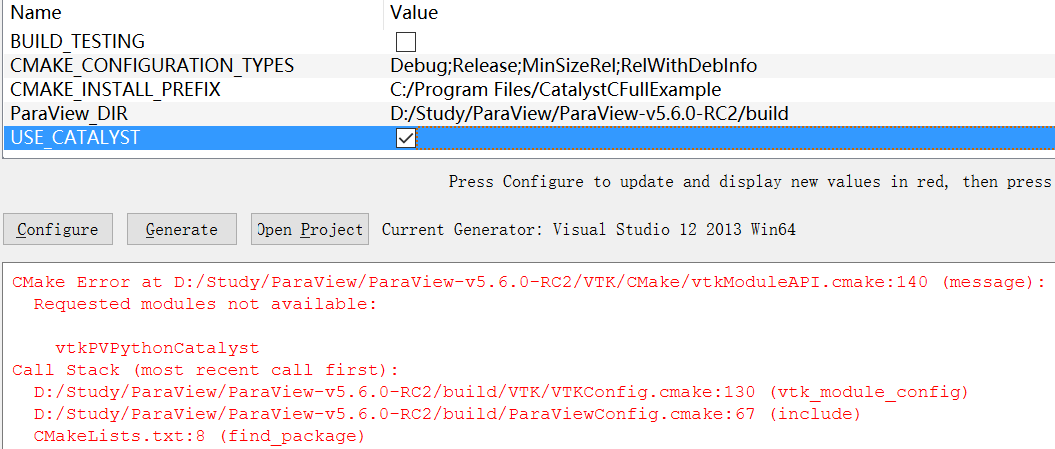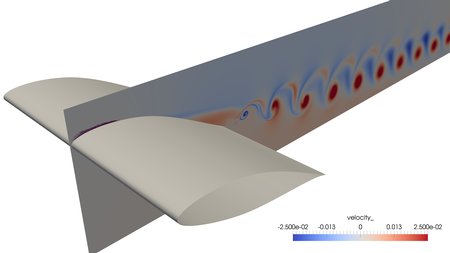
The Catalyst library will often be used on a distributed system. Note: All of this can be done for large data. Configuration tools for ParaView Catalyst output: It is important for users to be able to configure the Catalyst output using graphical user interfaces that are part of their daily work-flow.
#PARAVIEW CATALYST CODE#
The minimal footpring is through using the Catalyst configuration tools (see directions for generating source and building) to reduce the overall amount of ParaView and VTK libraries that a simulation code needs to link to. The co-processing library is also easily-extended so that users can deploy new analysis and visualization techniques to existing co-processing installations. This flexibility is critical, as a library that requires significant effort to embed cannot be successfully deployed in a large number of simulations.

To address this issue, ParaView can now be easily used to integrate concurrent analysis and visualization directly into simulation codes. Such coarse temporal sampling makes it difficult to notice some complex behavior. For example, simulations often save their states infrequently to minimize storage requirements. This bottleneck is throttling our ability to benefit from our improved computing resources.

Thus, the ability to generate data has outpaced our ability to save and analyze the data. Unfortunately, the growth of IO capabilities has not kept up with the growth of processing power in these machines. The downside to this growth is the enormous amounts of data that need to be saved and analyzed to determine the results of the simulation. The benefit of this computational power is that simulations are becoming more accurate and useful for predicting complex phenomena. Distributed computing techniques allow hundreds, or even thousands, of computer nodes to participate in a single simulation. Computational power of supercomputers and computer clusters is growing, while the price of individual computers is decreasing. Several factors are driving the growth of simulations.


 0 kommentar(er)
0 kommentar(er)
